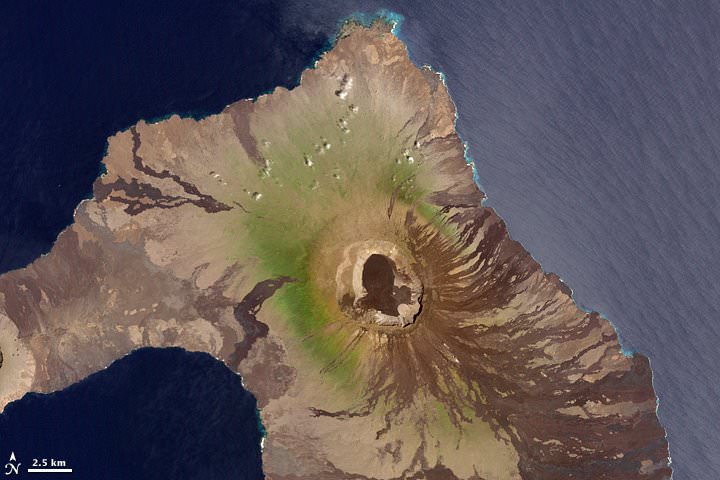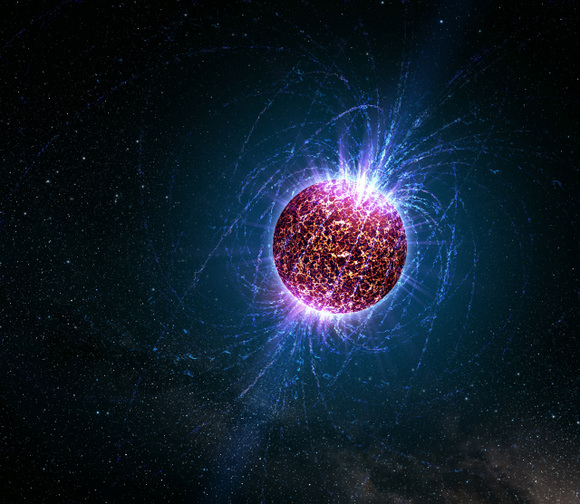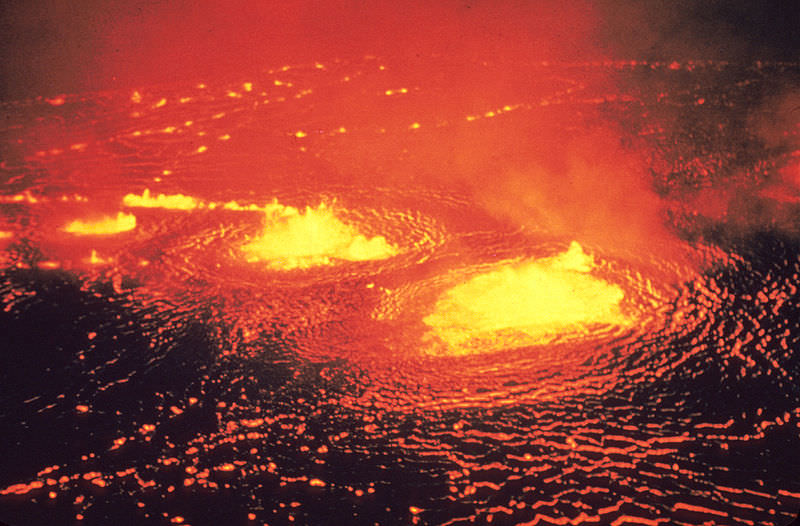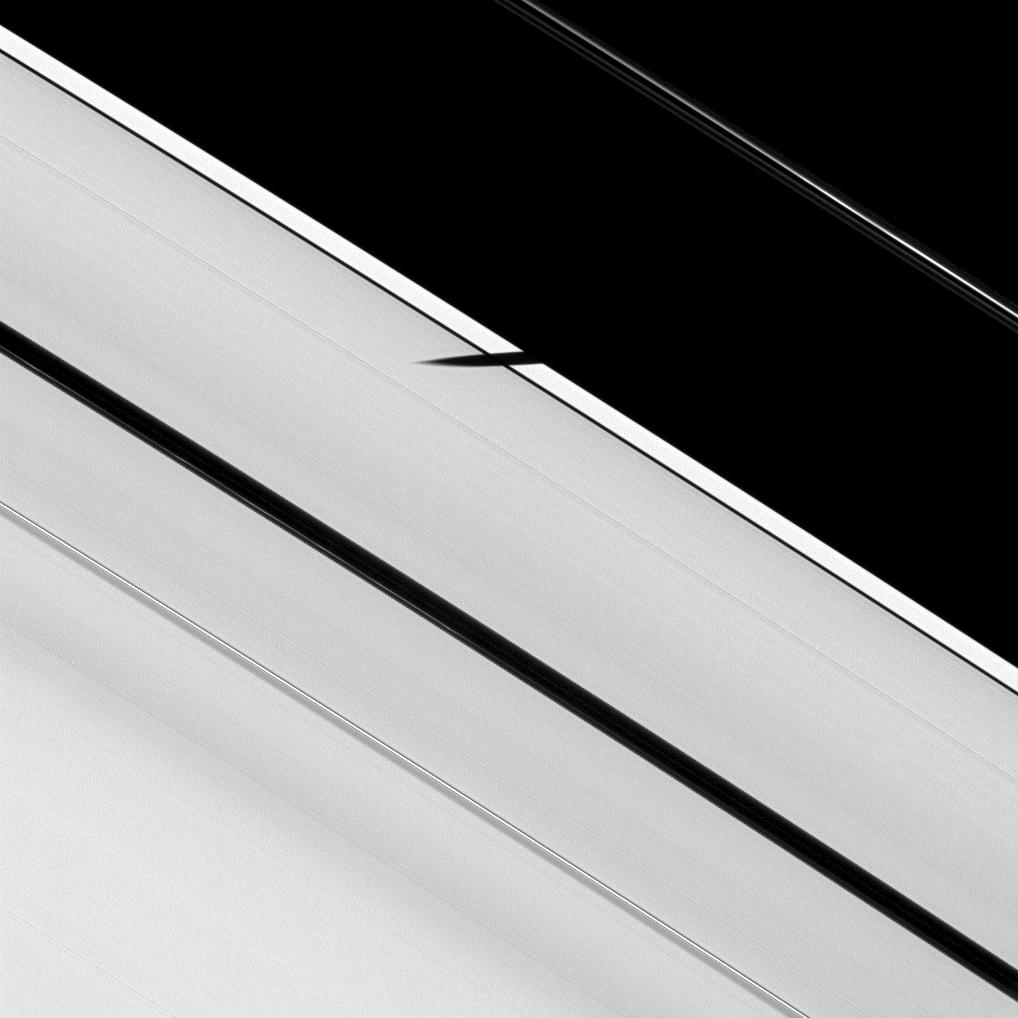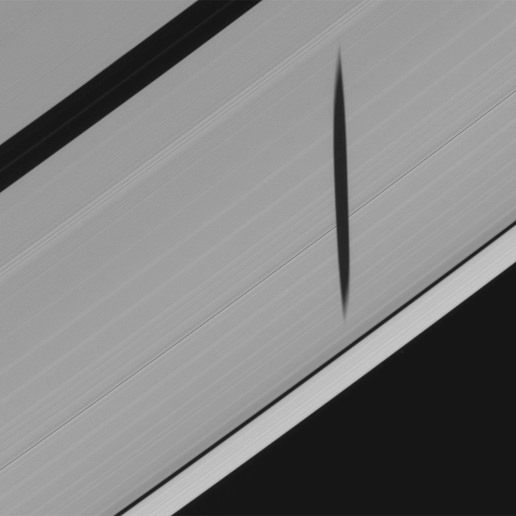There are several different types of volcanoes: steep stratovolcanoes, wide shield volcanoes, and mounded lava domes. The shape of a volcano actually depends on the types of lava that it’s made up of. And so, there are several different types of lava.
The type of lava coming out of a volcano depends on its mineral content. Some lava is very thin, and can flow out of a volcano in great rivers that go for dozens of kilometers. Other lava is very thick, and only flows for a short distance before cooling and hardening. And some lava is so thick that it barely “flows” at all, and can plug up the plumbing of a volcano.
The main types of lava have been given Hawaiian names, because of the volcanic nature of the Hawaiian islands. You can find examples of different kinds of lava flows on the island.
A’a
Pronounced “ah-ah”, this is a basaltic lava that doesn’t flow very quickly. It looks like a slowly moving mass of hot jello, with cooler, rough surface. Once it hardens, the sharp spiny surface of a’a lava is extremely difficult to walk across. These types of lava erupt at temperatures above 1000 to 1100 degrees C.
Pahoehoe
Pronounced “pa-ho-ho”, this type of lava is much thinner and less viscous than a’a. It can flow down the slopes of a volcano in vast rivers. The surface of the lava congeals into a thin crust that looks very smooth. Pahoehoe lava can also form lava tubes, where the rock hardens around a fast-moving liquid core. When that core flows out of the tube, a long tunnel remains. Pahoehoe erupts at temperatures of 1100 to 1200 C.
Pillow Lava
Pillow lava is typically found erupting from underwater volcano vents. As soon as the lava contacts the water, it’s cooled down and forms a hardened shell. As more lava issues from the vent, the shell of lava cracks and more “pillows” come out of these cracks.
We have written many articles about volcanoes for Universe Today. Here’s an article about the temperature of lava.
Want more resources on the Earth? Here’s a link to NASA’s Human Spaceflight page, and here’s NASA’s Visible Earth.
We have also recorded an episode of Astronomy Cast about Earth, as part of our tour through the Solar System – Episode 51: Earth.






